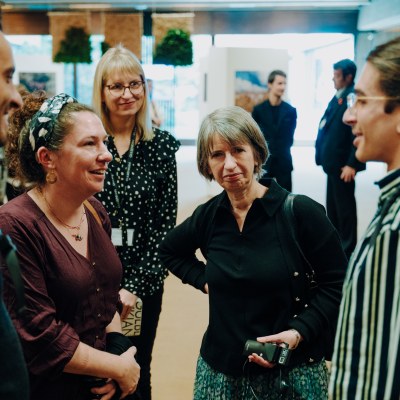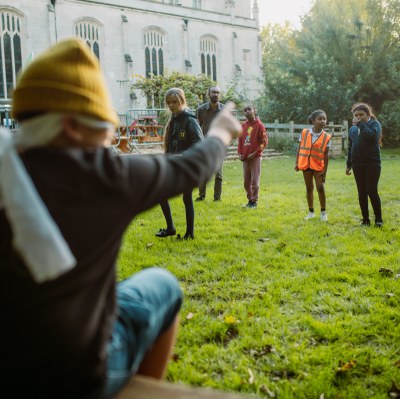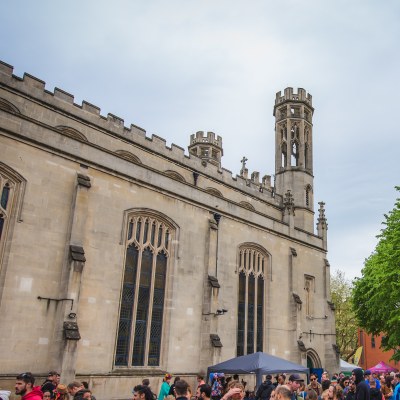Letter from 1899 reveals early development plans
The Trinity Community Arts team have been working hard on plans to redevelop the Trinity Centre. However, it is not the first time that the building has undergone development works.
An undated letter has been found (circa 1899) from the Holy Trinity Vicarage requesting to build an extension on the North West corner of the building to create a vestry for the Church's choir. The extension is now used as the Trinity office.
We venture to appeal to you on behalf of a scheme for the improvement of our church. We are confronted with two real needs involving an expenditure of £500, which we feel must be met without delay.
For nine years we have had a large choir of men and boys (average 40) with no vestry accommodation provided for them. They have been using, with the clergy, the small vestry designed for the needs of two or three clergy only. The late vicar the Rev. G. E. Ford strongly felt the need of a choir vestry, and he left a sum of £27 towards this object. Having to live [sic] with the overcrowding, which is not conducive to order of reverence for nine years, the congregation have decided to make an effort to erect a choir vestry. Plans have been drawn by W Gough (a sketch of which is subjoined) to provide the necessary accommodation in the simplest and least expensive manner, at the approximate cost of £300 and without in any way altering the present fabric.
At the same time the congregation have to face the expense of cleaning and redecorating the interior of our large church, which is now in a very unsatisfactory state involving an extra burden of at least £200. Twenty-two years have elapsed since the chancel was decorated and nine years since anything was done to the nave.
Our parish is large, populous and poor, and special efforts have to be made each year to keep existing agencies in an effective condition. Our congregation are prepared to do their utmost for the above-mentioned scheme, but they are quite unable to raise so substantial a sum without appealing to the generosity of churchmen outside the parish.
We beg to remain
Faithfully
T. A. Chapman R. D. Vicar
JHPea [sic]
G. E Fussell Churchwardens
W Carter Hon Sec to the Church Council
History of developments
The development and improvement of the Trinity Centre to maximise community benefit and potential revenue to ensure sustainability for any group running the space, has been a vision for many since as early as 1976 when the former Holy Trinity Church was de-consecrated and a convenant placed on the building to ensure its future use as a community centre.
Ambitions for the building's development can be seen in Bristol City Council's business plan for the Centre from 1989, which related to the installation of the existing second floor and proposals to install a mezzanine to create additional training spaces.
TCA current board and management have worked in line with some of these past visions for the Centre and have also embarked on several consultation exercises to explore how Trinity could best meet local needs and desires. TCA are applying for funding to carry out development and improvement works that help to realise some of these past ambitions for the Centre within the current context of what local people want.
Visit the Renovation area of our website for more information about current plans.
William Venn Gough (1842-1918)
William Venn Gough was born in Frome in Somerset in 1841 or 1842 and was baptised on 26 September of the latter year. He practised as an architect in Bristol, generally working for the Catholic Church.
Rev G Estwick Ford
Rev GE Ford was the vicar of the Holy Trinity Church for 13 years (1886-1899) and was presented with an illuminated address and a cheque for £200 at the last tea meeting he attended on January 19th 1899. It was reported that A J Nott presided in the hall which was full to overflowing and the vicar was also given a framed photo of the choir, churchwardens and clergy.







